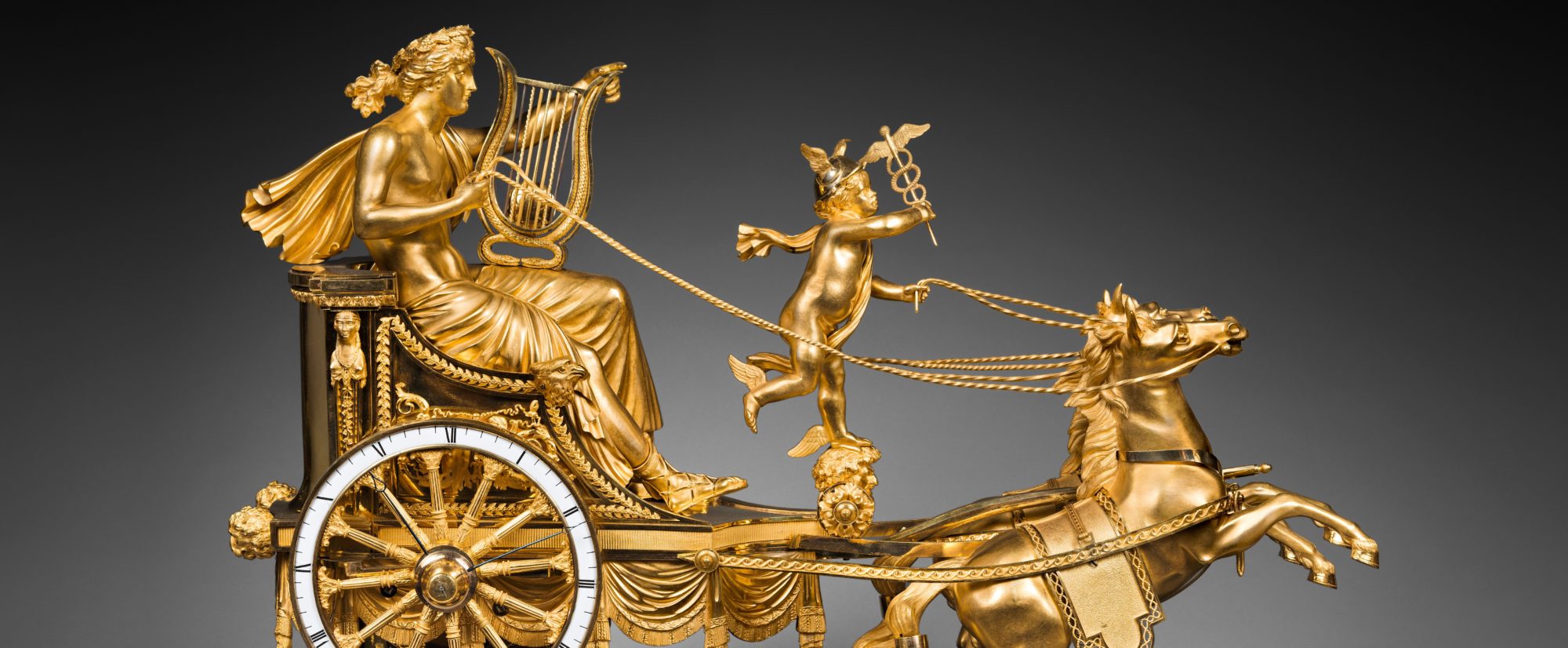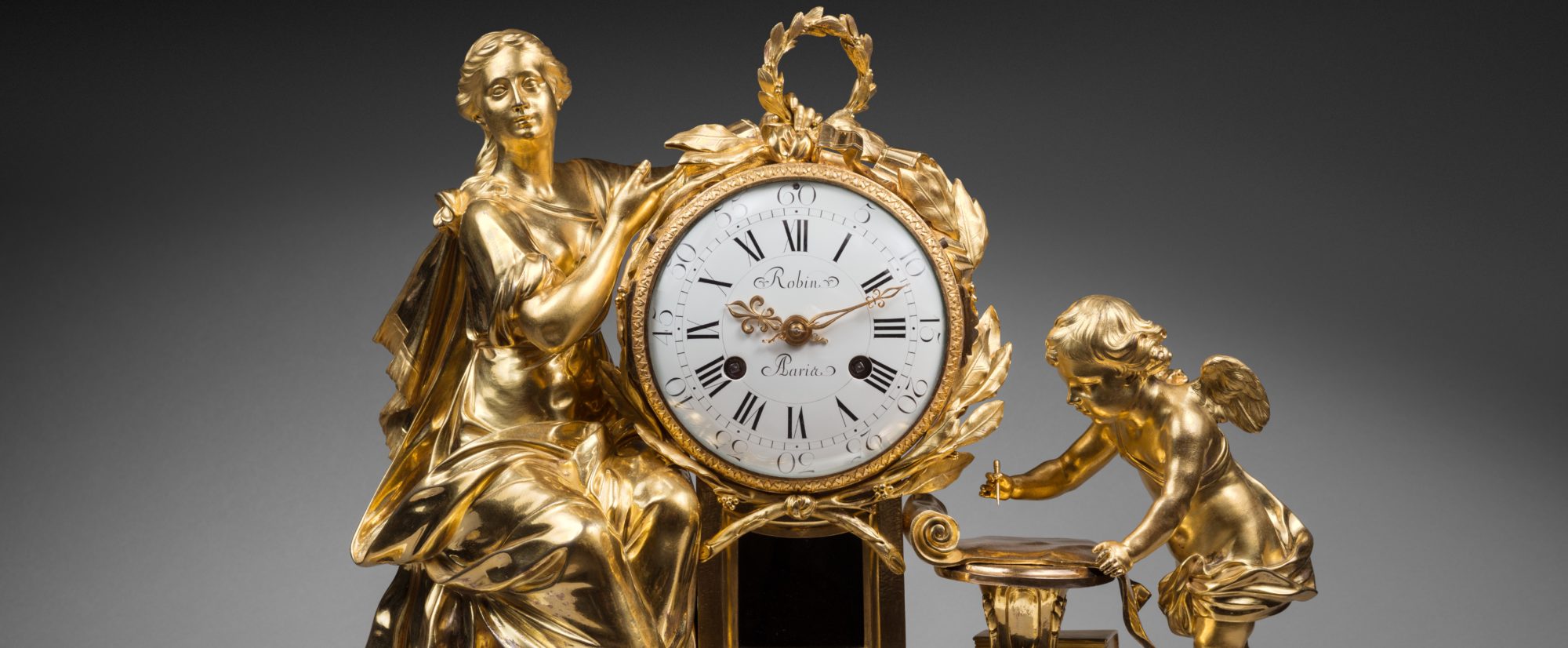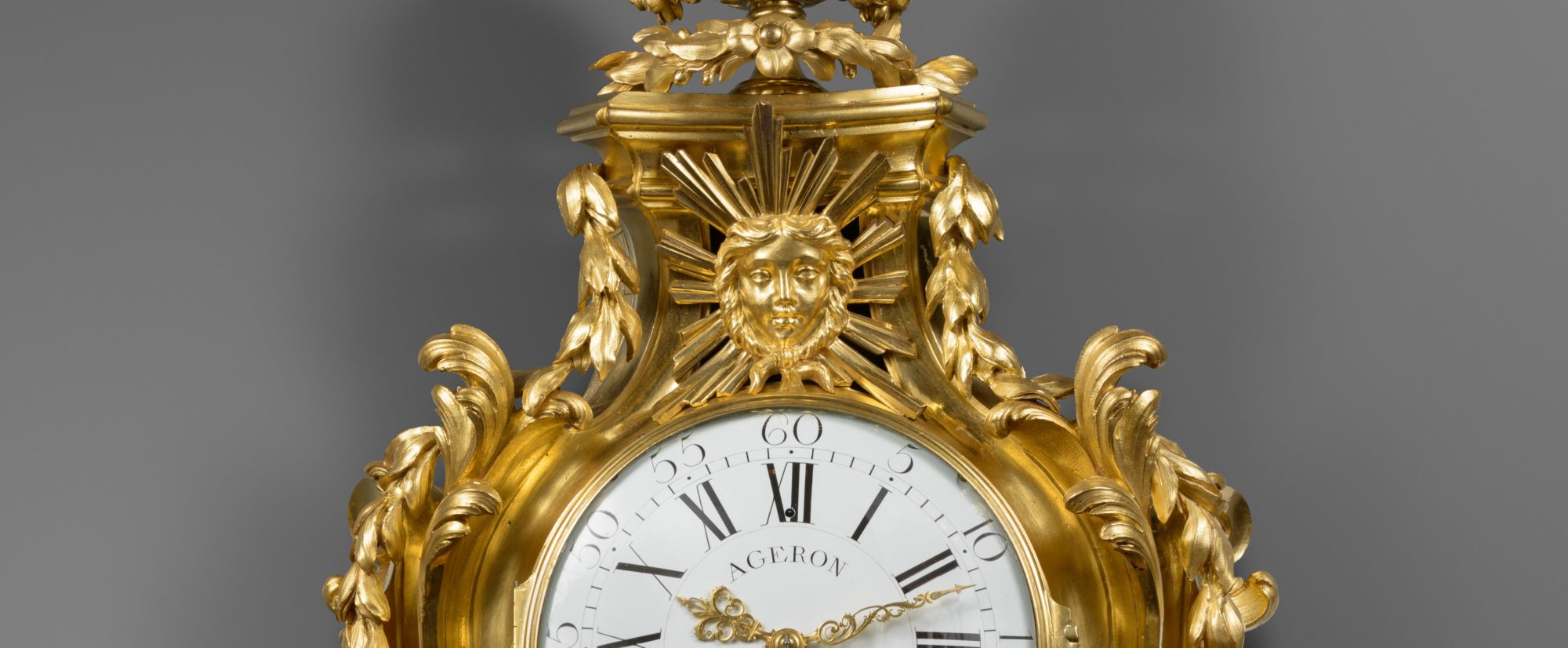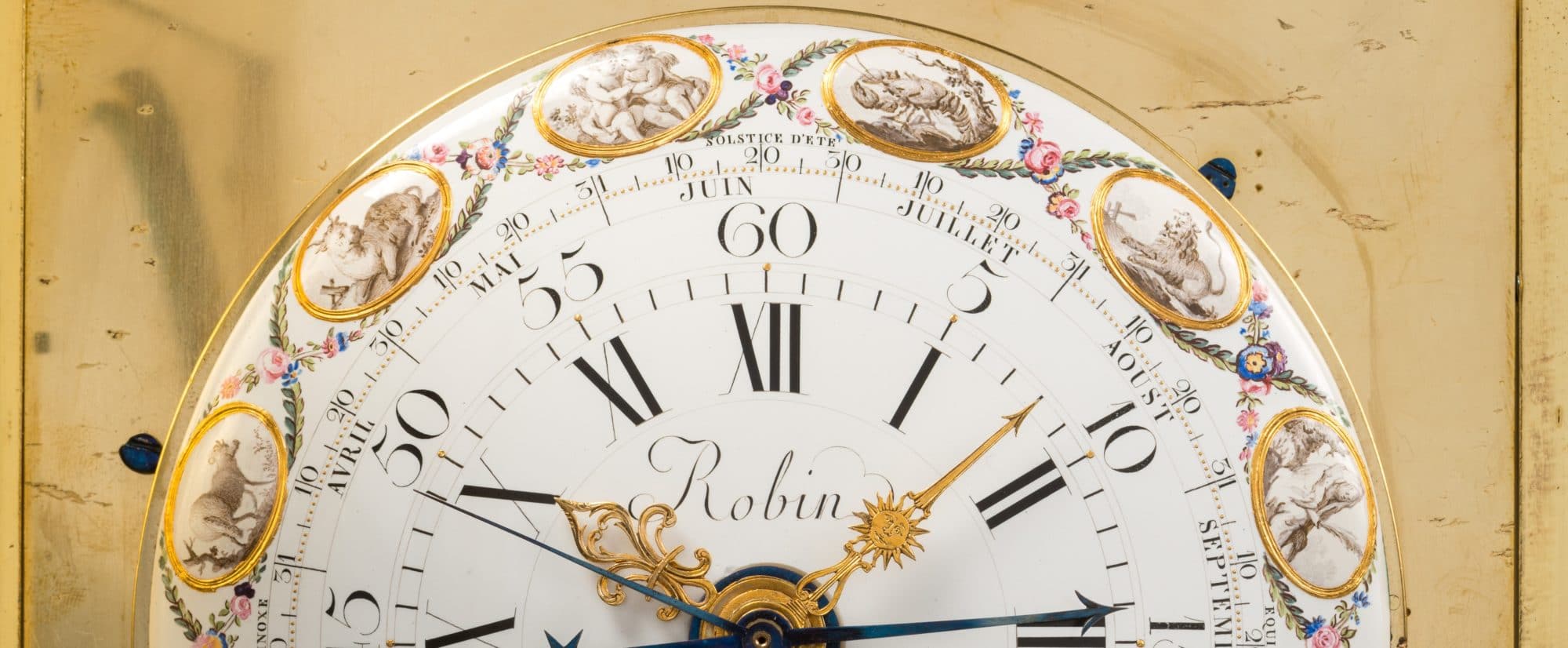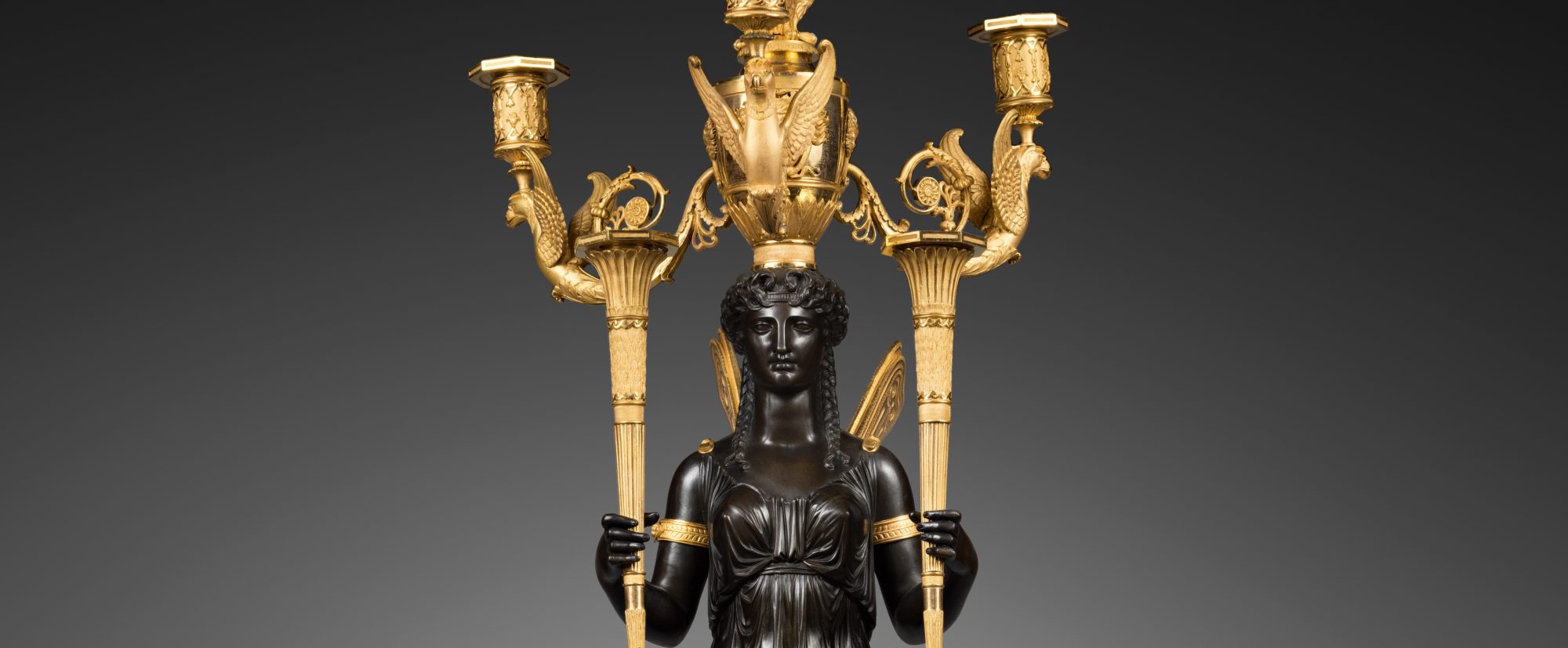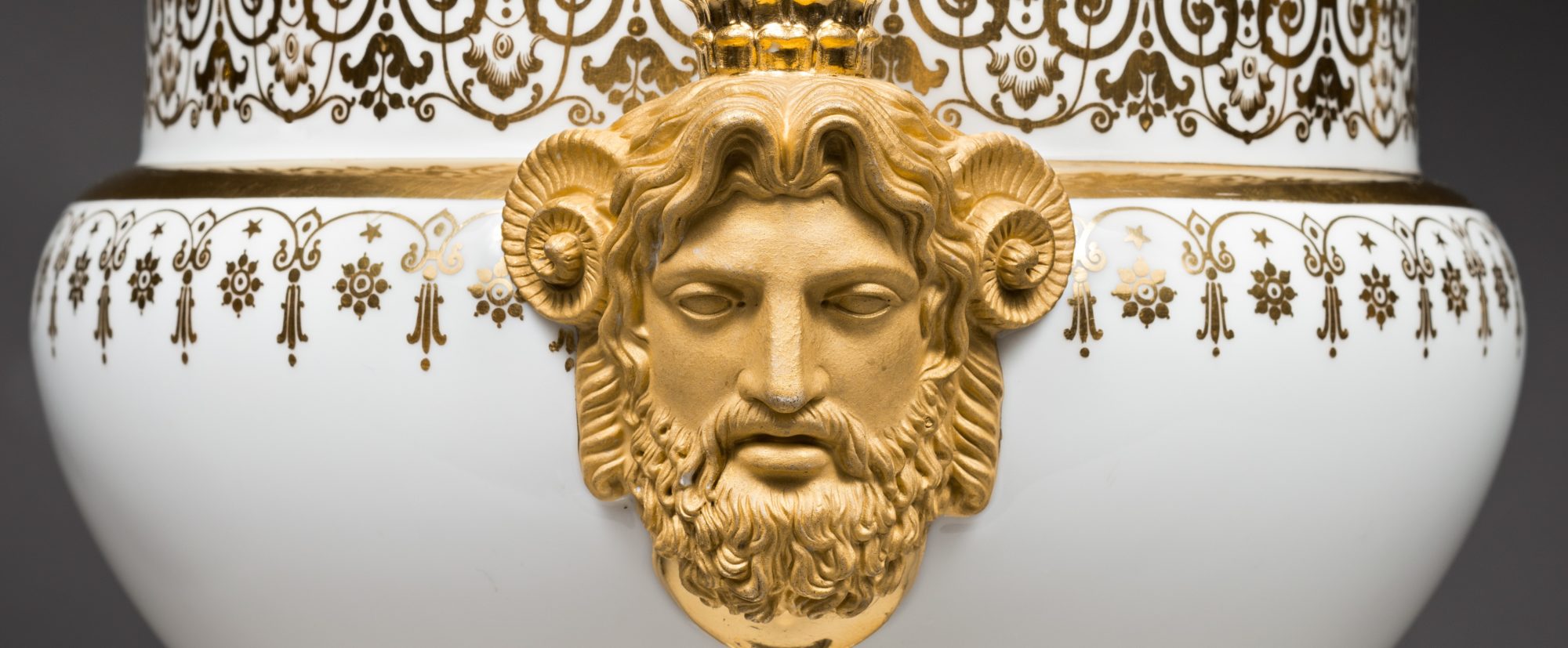Clodion
Claude Michel, known as Clodion
Sculptor
Claude Michel, known as Clodion, is one of the most important European sculptors of the second half of the 18th century and the early years of the following century. A native of Nancy, he came to Paris at a relatively young age and began working in the workshop of his uncle, the sculptor Lambert-Sigismond Adam. After his uncle’s death he studied with sculptor Jean-Baptiste Pigalle. The young Clodion soon showed great promise. By 1759, he had won the first prize for sculpture. Three years later he traveled to Rome after receiving his diploma from the Académie de France. His style was greatly influenced by his stay in Rome, increasing his confidence and earning him the support of many influential figures including the painter Natoire. His work was admired by many influential collectors, including Czarina Catherine the great, who asked him, in vain, to go to Russia. By 1771, he had returned to France, where he acquired an excellent reputation for his groups of nymphs, bacchantes and satyrs, which were particularly appreciated by collectors. In late 1773 he returned to Italy to purchase Carrara marble for the King’s Building Commission (Direction des bâtiments). During the years before the Revolution he received numerous important commissions from the royal family and important collectors. After the fall of the monarchy he continued to work, though more sporadically. He died in Paris, in the rue de la Sorbonne, in March 1814.
